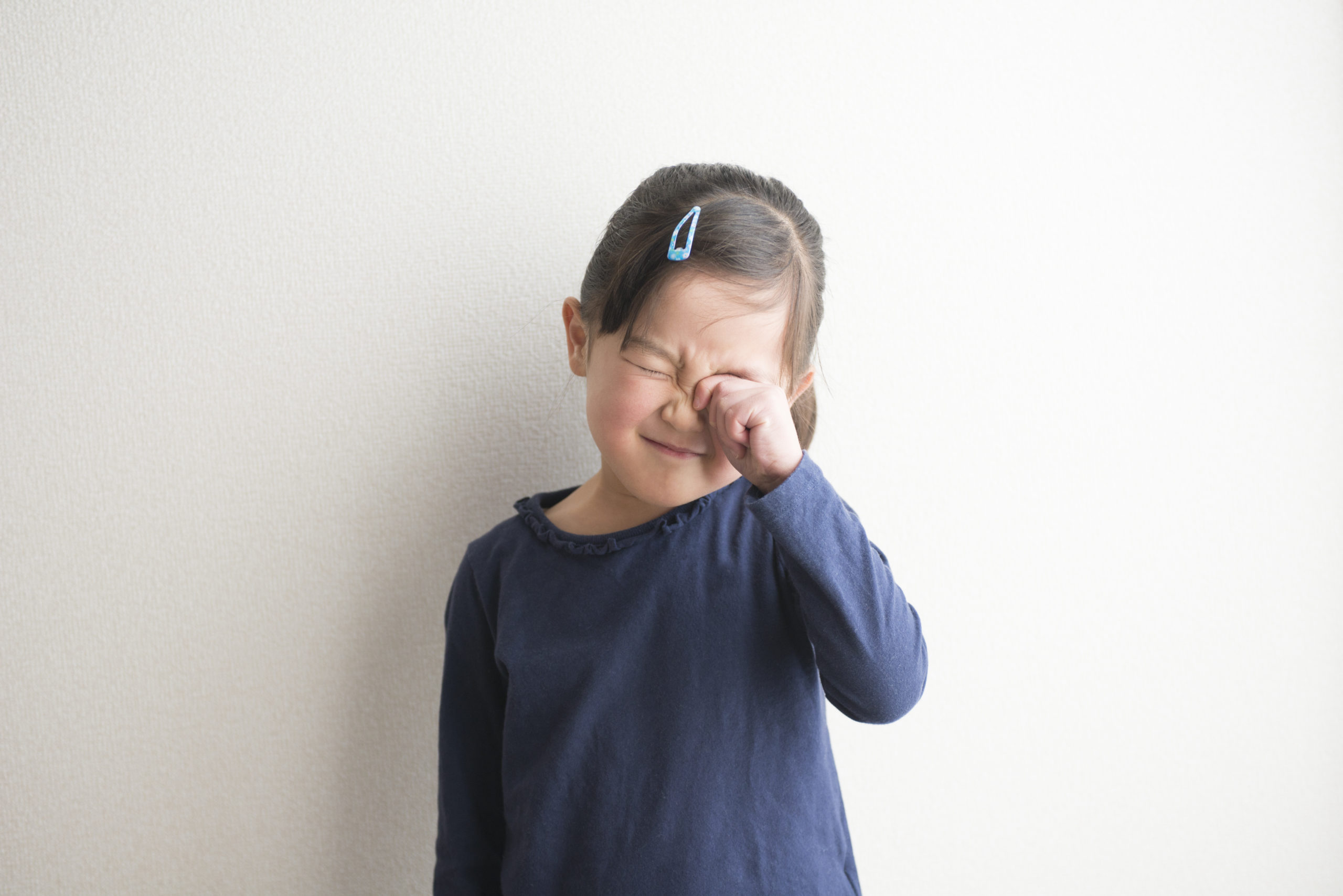
Dry eye syndrome is a common condition characterized by the eyes failing to produce adequate amounts of tears or quality tears. Those suffering from dry eye disease experience a variety of symptoms, such as itchiness, a feeling that something is inside the eyes, and pain. Although frequently found in adults, dry eye also affects children.
If your child complains of common dry eye symptoms, it’s crucial that you schedule an appointment with us at the Dry Eye Institute of St. Louis. Since dry eye syndrome isn’t as common in children, there may be an underlying condition that needs to be addressed. Our experienced optometrists will assess their condition and recommend the best treatment plan based on the root cause. Contact us today to get started.
Symptoms of Dry Eyes in Children
Catching your child’s symptoms of dry eyes early leads to faster relief. It’s likely that their symptoms are presenting challenges in daily activities, such as reading, writing, playing sports, and focusing in the classroom. Many symptoms children experience are similar to those of adults, so pay attention to any of the following:
- Frequent blinking
- Constant eye rubbing
- Redness around the eyes
- Stinging or burning sensation in the eyes
- Avoiding sources of light
- Moments of blurred vision
- Difficulty completing activities that require visual attention
- Feeling like something is in the eyes
If your child’s symptoms are unaddressed, over time, a more serious eye condition may develop. It’s critical to identify the cause of your child’s dry eye disease to promptly and successfully relieve them of their discomfort.
Causes of Pediatric Dry Eye Syndrome
Numerous conditions and environmental factors can cause dry eye symptoms in children. Determining the root cause of their symptoms allows our doctors to recommend and implement the most appropriate treatment. No two cases are the same, which is why we’re dedicated to providing individualized solutions. Some common causes of pediatric dry eye include:
- Allergies. Many children are allergic to common airborne irritants, such as pollen, dust, mold, and pet dander. When your child’s eyes come into contact with the allergens, it’s likely they will become swollen, itchy, and dry.
- Medications. Certain prescribed medicines such as antihistamines for allergies can create dry eyes in children. Since a common reaction to allergens includes watery eyes, antihistamines work to reduce tear production. Too much interference with the tear film can create more issues.
- Infections. Common infections seen in children can cause dry eye symptoms. For example, conjunctivitis, or pink eye, impacts the tear ducts and reduces lubrication of the eyes.
- Inflammatory conditions. Although rare, inflammatory conditions such as juvenile rheumatoid arthritis and Sjӧgren’s syndrome fight the glands that produce moisture throughout the body, including the eyes.
- Vitamin and nutrient deficiencies. Children lacking in vitamins and omega-3 fatty acids are more likely to experience discomfort from dry eyes. Since both work to support proper functioning of the eyes, any deficiency can cause symptoms.
- Environmental conditions. Dry, windy climates are known to create dry eye symptoms for those frequently exposed.
- Prolonged screen time. The number of children using devices such as tablets, computers, and smartphones has exponentially increased in recent years. Prolonged exposure to the blue light reflected from screens can dry the cornea, since humans tend to blink significantly less often while using them.
Treatment and Prevention
The specific form of treatment is dependent upon your child’s diagnosis. In many situations, increasing moisture to the eyes is the first step. Over-the-counter (OTC) eye drops with no added preservatives may provide relief for mild cases. If your child suffers from allergies, we may recommend a different form of treatment that doesn’t include the use of antihistamines, such as prescription eye drops.
Regardless of your child’s condition, when they visit the Dry Eye Institute for a comprehensive exam, we’ll leverage our access to the latest technology and medications to accurately diagnose and treat. It’s our goal to ensure patient comfort, no matter their age. We will work with you to find a solution that starts your child’s journey to relief.
Home Remedies for Dry Eyes in Kids
For children experiencing environmental sensitivity or nutritional deficiency, lifestyle changes may be implemented to minimize their discomfort. In some cases, your child may be prescribed a certain medication or may need to take over-the-counter eye drops in addition to home remedies, such as:
- Wearing sunglasses to protect the eyes from airborne particles
- Placing a humidifier in your child’s bedroom
- Reducing hair dryer use
- Avoiding smoke
- Increasing intake of vitamins and omega-3 fatty acids
- Gently applying warm compresses daily over your child’s eyes to increase oil production
- Redirecting car vents from blowing air directly toward your child’s eyes
- Increasing outdoor time
- Turning off fans
- Reducing screen time
The 20/20/20 Rule
Children suffering from dry eye symptoms due to prolonged screen time would greatly benefit from avoiding devices altogether. However, in modern times, that’s not possible. Children use screens during school, to complete homework assignments and other kinds of learning, or to play games. By utilizing the 20/20/20 rule, you can encourage your child to rest their eyes. Motivate them to do the following:
- Take a break from the screen every 20 minutes
- Try to look up for 20 seconds during the break
- When looking up, try focusing on an object that’s 20 feet away
Humans normally blink approximately 15 times per minute, but when using devices for a prolonged period of time, the amount of blinking is drastically reduced. Total number of blinks may drop to only five or seven per minute when viewing a screen. Therefore, it’s important that you encourage your child (and yourself) to implement the 20/20/20 rule and therefore minimize discomfort.
Schedule an Eye Exam Today
The symptoms of dry eye are bothersome for anyone, but when you notice signs in your child, it’s crucial that you schedule an exam right away. The condition is highly complex, and many factors determine its severity and onset.
At the Dry Eye Institute, we have the technology and tools needed to complete important testing and examinations. During the evaluation, our dry eye specialist, Dr. Bourn, will take the time to explain your child’s unique condition and the best way to treat it, whether that requires lifestyle changes or newly developed medicines. Schedule your child’s appointment today with our dry eye treatment center to relieve their dry eye symptoms.
